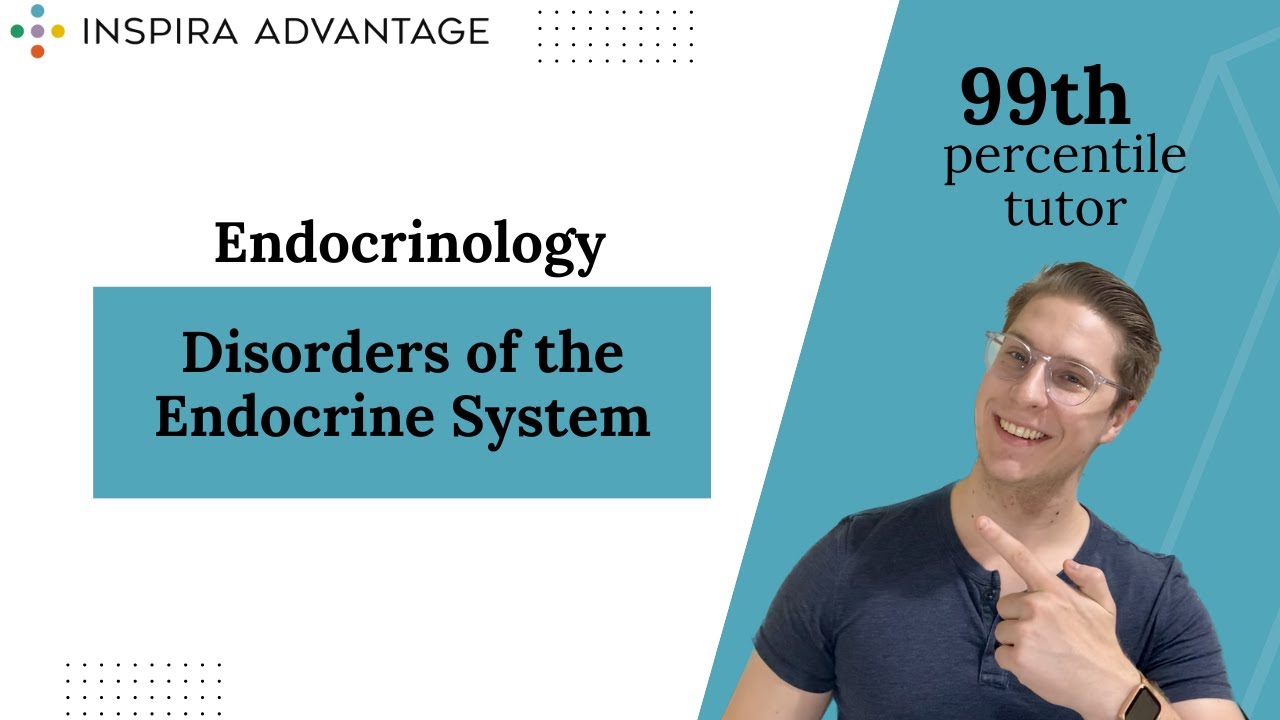The Endocrinology Channel
January 3, 2012 • Endocrinology, Family Medicine, Medical Students, Nurses/NP/PA, Pediatrics, Reuters Health • The Doctor's Channel Newscast
NEW YORK (Reuters Health) – Three years of weekly treatment with a sustained-release formulation of growth hormone is as safe and effective as standard daily growth hormone (GH) treatment in GH-deficient children, a multicenter team reports in the February issue of the Journal of Clinical Endocrinology and Metabolism.
“The present study was initially designed as a dose-finding study, and thus, the number of treated children was limited,” the authors comment. “However, this is the first report documenting the longer-term efficacy of treatment with a sustained-release GH in pediatric patients with GHD.”
Dr. Paul H. Saenger, at Albert Einstein College of Medicine, Bronx, New York, and colleagues point out that compliance is less than optimal with daily subcutaneous GH injections for GH deficiency. LB03002 is a formulation of recombinant GH contained in microparticles suspended in medium-chain triglycerides, which has been shown to provide elevated GH concentrations for up to 120 hour after s.c. injection.
In the current study, 51 growth-deficient children were first randomized for a year to daily injections of standard GH 0.03 mg/kg, or weekly injections of 0.2 mg/kg, 0.5 mg/kg, or 0.7 mg/kg of LB03002. In the second year, children in the 0.2- and 0.7-mg/kg groups were switched to 0.5 mg/kg per week, based on a safety and efficacy review. In the third year, the daily treatment group was also switched to 0.5 mg/kg/week.
Compared with daily GH, the increase in height velocity was significantly less at 12 months and 24 months in the 0.2-mg/kg/wk LB03002 group, while there was no significant difference in the 0.5- and 0.7-mg/gk/wk groups, the investigators report.
Similarly, the height standard-deviation score gain at 12 months was significantly less in the 0.2-mg/kg/wk group (1.05) than the daily treatment group (1.47), but there was no difference in the 0.5-mg/kg/wk (1.37) and 0.7-mg/kg/wk (1.50) LB03002 groups, the report indicates.
Height SD score gains were similar for all four groups at 24 months, and at the 36-month endpoint when all groups had been shifted to the 0.5-mg/kg/wk LB03002 dose.
Over the 3-year study, mean Hba1c levels remained within the normal range in all four groups, although there was a statistically significant increase from baseline (from 5.3% to 5.5%) in the 0.5-mg/kg/wk group.
Dr. Saenger and colleagues point out that this was a phase II/IIIa study with a limited number subjects. Although the results are promising, they conclude, “Confirmation of effectiveness will be required from additional adequately controlled phase III studies, which are presently ongoing.”
SOURCE: http://dx.doi.org/10.1210/jc.2011-2234
J Clin Endocrinol Metab 2012;97.






